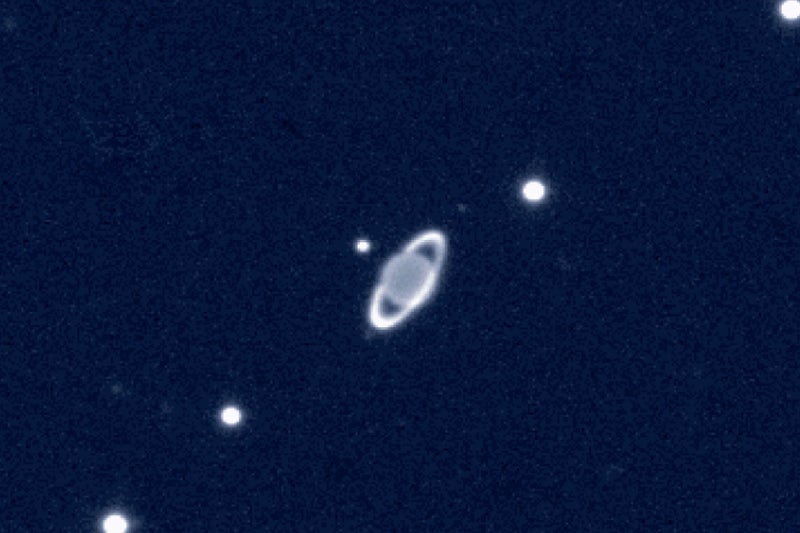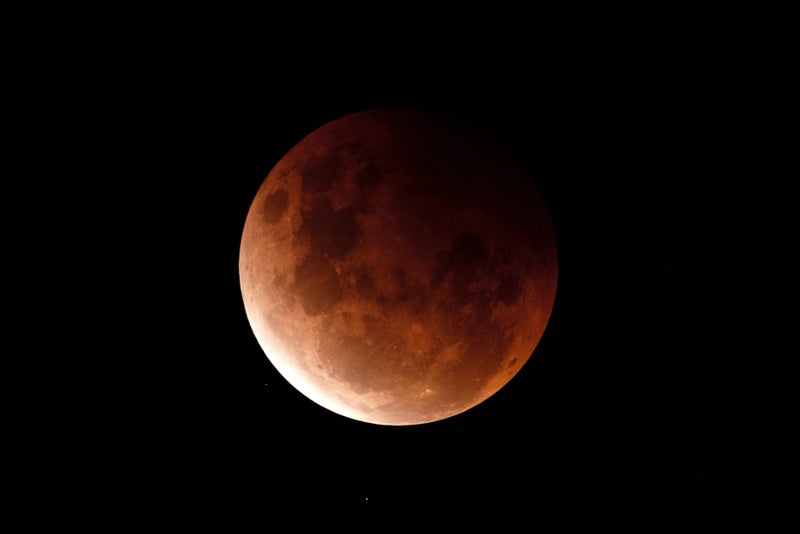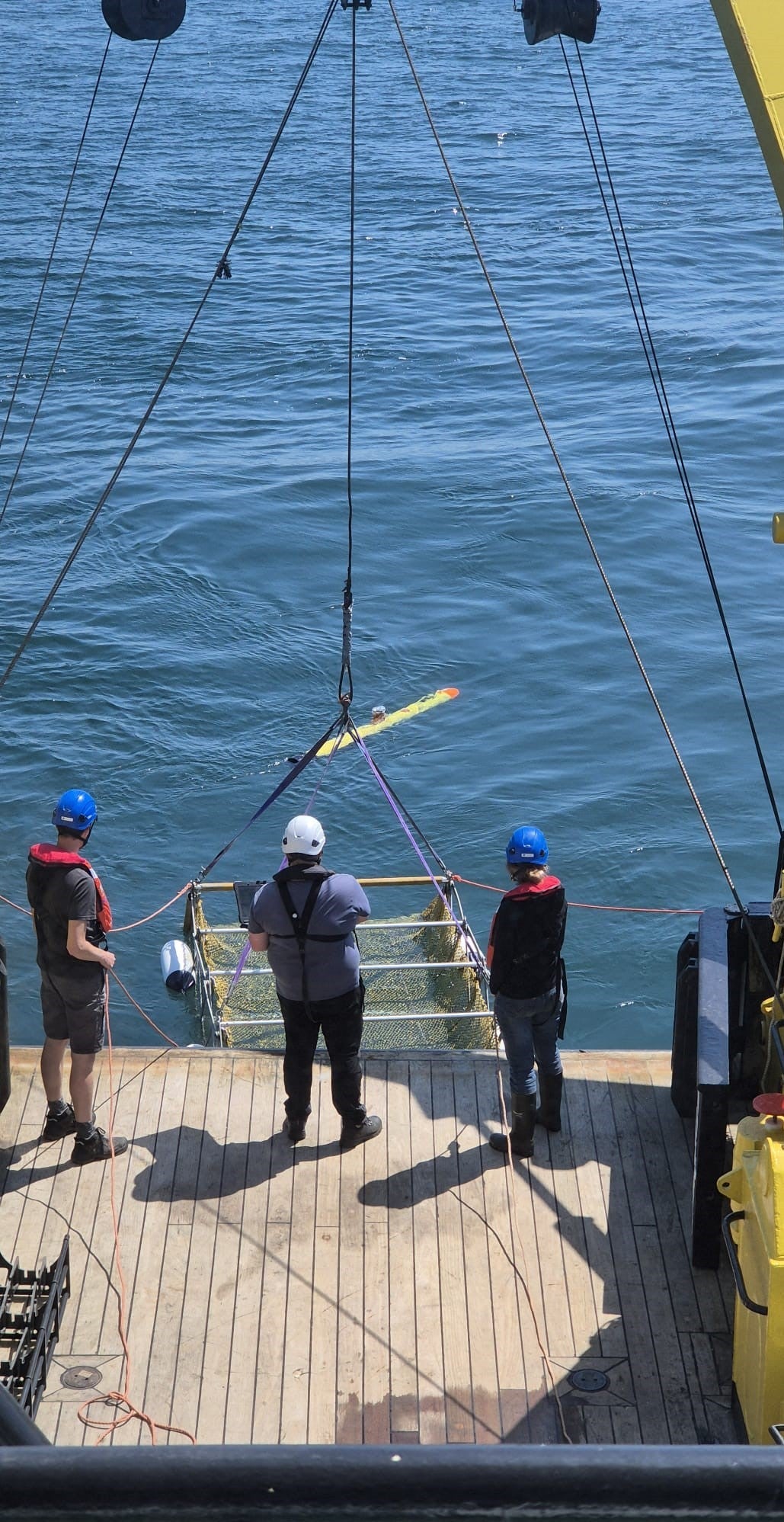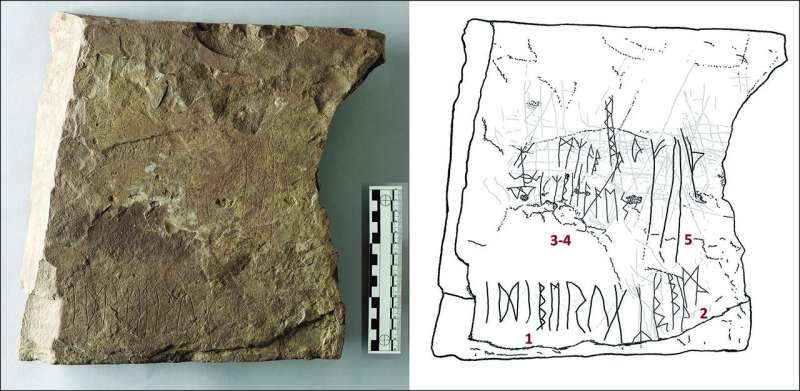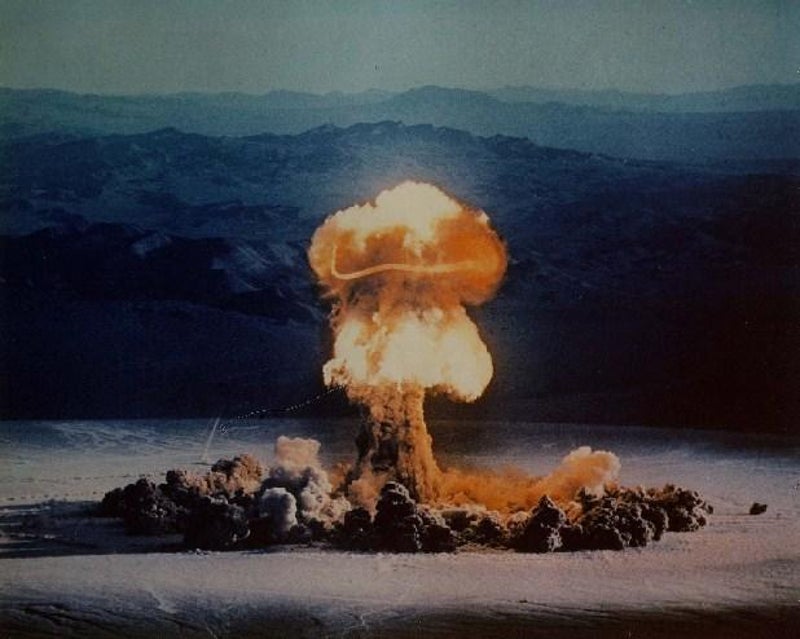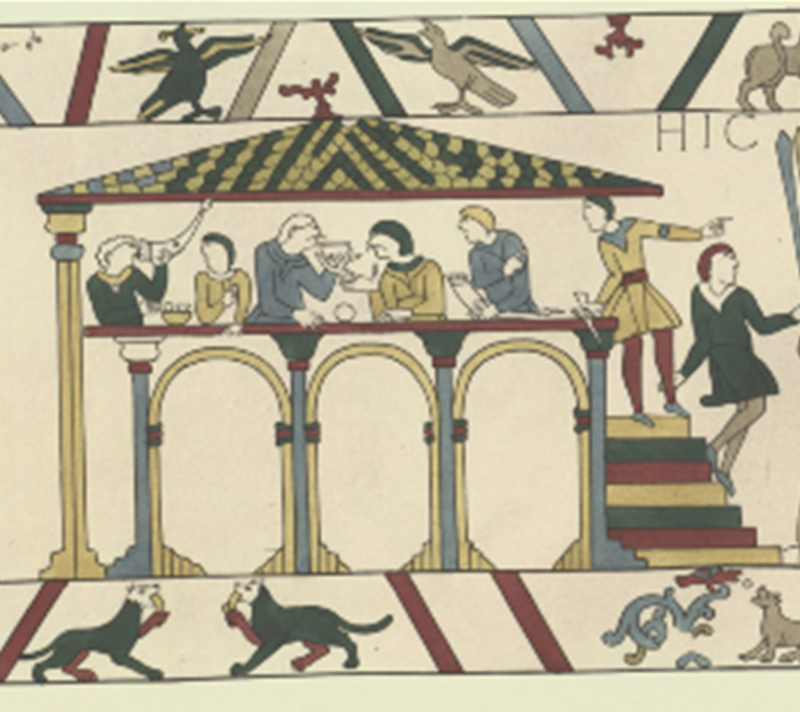VENUS, the so-called planet of love, is set to shine its brightest all year tomorrow - coincidentally, on Valentine's Day. The second planet from the Sun won't glow as bright until September 2026, according to EarthSky. Venus will be in pole position around sunset on 14 February. Its brightness will reach a magnitude of -4.9, which is more than twice as bright as the North Star, Polaris. By comparison, the Moon is roughly -14 in magnitude - the scale that measures the brightness of cosmic objects in the sky.
![[Waxing crescent moon and Venus in the night sky.]](https://www.thesun.co.uk/wp-content/uploads/2020/02/NINTCHDBPICT000566657657.jpg?strip=all&w=960)
As Venus' orbit around the Sun brings it closer to Earth, stargazers will be privy to a spectacular view of the planet. Venus is permanently shrouded in thick, toxic clouds of sulfuric acid - which would stink if you were anywhere near it. But from about 24million miles away on Earth, these stinky clouds become highly reflective. The clouds reflect roughly 70 per cent of the sunlight that reaches Venus - making the planet all the more visible.
Venus will be visible to the naked eye - should the weather allow. It will appear as a bright white object against the night sky - but bigger and brighter than a typical star. Although you can use binoculars or a telescope for an extra close look. With a magnified view, you'll be able to see the planet is shaped like a crescent, similar to the Moon. Its crescent shape is due to its orbit with the Sun and the Earth.
"Venus only appears fuller when it’s on the far side of the Sun, and much farther from Earth," explains Nasa’s Preston Dyches. "As it comes closer to us, its phase becomes a crescent, but the planet also looks much larger in the sky. “Even as a crescent, the light from its closer position more than makes up for the smaller phase.". Our solar system is made up of nine planets with Earth the third closest to the Sun. But each planet has its own quirks, so find out more about them all...


